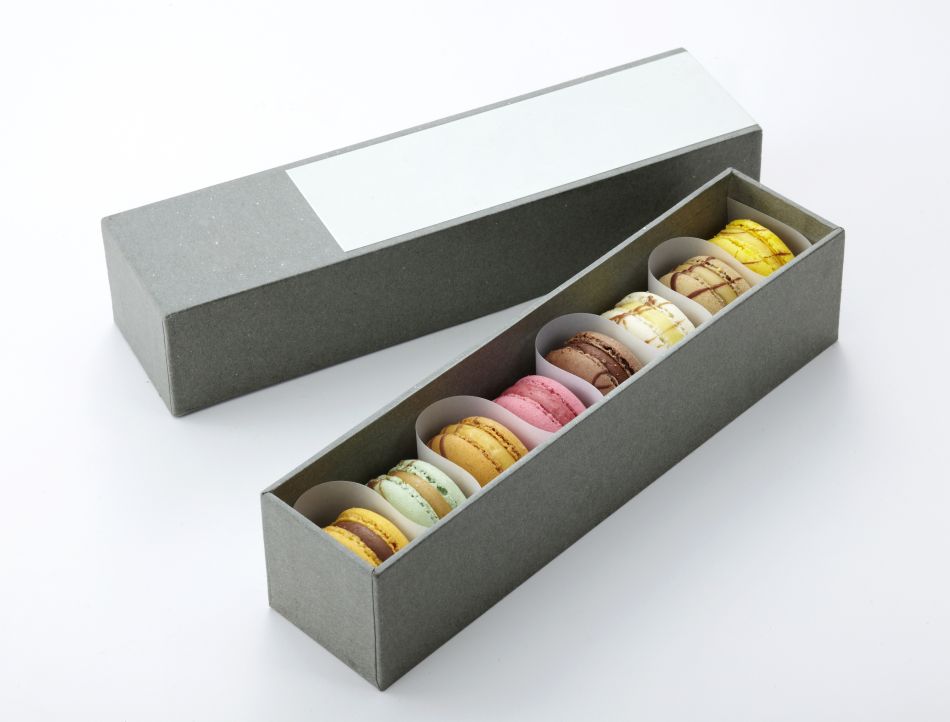In the competitive food services industry, restaurants and cafes must find every possible advantage if they are to survive and thrive. Serving the highest quality product at a fair price remains a sound strategy, but cutting edge research shows that perceptions of quality are not only about the food or the drink.
Food packaging supplies – from cups to plates to boxes – can make a mediocre meal taste amazing, or make a delicious drink taste average at best. For restaurants, cafes and coffee shops, an upgrade in packaging could bring in more business and satisfy more customers than almost any other strategy.
The Science is in for Food Packaging
The idea that food boxes could influence how something tastes might seem implausible, but dozens of psychology and consumer research studies have found the same effect for a wide range of foods and drinks. Researchers have linked at least three distinct packaging features to consumers' perceptions of taste.
First, even subtle differences in container colours can alter the experience of flavour. In a classic series of experiments, marketing professors JoAndrea Hoegg and Joseph Alba invited participants to taste orange juices served in different containers. They found that the colour of the container had a bigger influence on how the juice tasted than any other factor, including the amount of sweetener added to juice.
Second, container texture influences perceptions of a food's texture, leading to different evaluations of the food's overall quality. In a 2012 study, researchers in Spain and the U.K. served participants different kinds of yogurt and biscuits in pots with rough and smooth textures.
The taste-testers thought that biscuits served in rougher containers were crunchier than those served in smooth containers, and that yogurts in smooth containers were creamier than those in rough containers. These "haptic cues," the researchers argued, shaped the overall desirability of the foods.
Finally, package shape can make food and beverages more or less desirable. Dutch researchers in 2010 reported that packages with sharp angles "inspire intense taste sensations." Soft curves, like the arches found in wine bottles, are associated with subtler, smoother taste experiences. Consumers in search of big flavours, the authors argued, thus prefer products in angular packages, while consumers who want a milder flavour prefer curvier packages.
The Psychology of Flavour
Although most people think of taste as a separate sense, it's actually closely related to sight, smell, and touch. Apples and onions, for example, seem as different as two plants could possibly be, but put on a blindfold and some nose plugs and you'll find the two are almost indistinguishable. The sensation of flavour, psychologists say, is generated by the brain in response not only to the taste buds, but to texture, odor and visual stimuli as well.
Scientists believe evolution explains the intermingling of taste with the other senses. Some potential foods that taste sweet can actually be harmful. For example, fruits that have begun to rot sometimes taste sweeter than ripe fruit. But fruit that is starting to go bad looks less appealing and has a squishy, unpleasant texture. If people chose foods based on taste alone, they would be at risk of bacterial infection. The brain reduces that risk by making use of sight, smell and feel as well as taste.
This quirk of psychology explains why packaging can be so influential on consumers’ perceptions of taste. Food and beverages in appealing packaging trigger the same instinctive responses as a fresh, brightly-coloured fruit on a tree. Unattractive packaging, by contrast, can elicit the same psychological response as a brown, splotchy banana.
Quality Packaging is a Winning Strategy
For cafes, restaurants and coffee shops looking to satisfy customers, the verdict is clear: packaging matters. It doesn't matter how wonderful a cup of coffee served in a flimsy paper cup "tastes" in the objective sense – customers will be happier with a lesser brew in a better container. The same goes for a sandwich stuffed into a greasy brown bag compared to one served in a sleek and sturdy cardboard box. A small investment in quality supplies can pay huge dividends.
Sources
Food Quality and Preference. "The influence of the feel of product packaging on the perception of the oral-somatosensory texture of food."
Food Quality and Preference. "Tough package, strong taste: The influence of packaging design on taste impressions and product evaluations."
The Journal of Consumer Research. "Taste Perception: More than Meets the Tongue."

